Term paper uncovers the dangers of working at the Koppers site
A 1932 paper written by William S. Stewart, a Northwestern University student, detailed how he worked at the Ayer and Lord Tie Company wood treatment site for three months to get a better understanding of how African American workers were treated.
Residents on the northeast side of Carbondale have been negatively impacted by creosote contamination from the site, known popularly as the Koppers site, and now owned by Beazer Inc.
According to Stewart, if men had to carry the cross ties it was likely to result in crushing certain limbs or pulling certain muscles.
Advertisement
“The very fact that the ties are so heavy makes the work especially perilous. A falling tie, either in a car, off a tram, or from a man’s shoulder, can cause terrible injury. Crushed hands and feet suffer every month,” Stewart said. “Perhaps the most frequent injury is the straining of back and shoulder muscles. These injuries often occur when a carrier loses his balance or tries to hold a tie that has started to fall from his shoulder.”
Stewart said houses were intentionally built near the site so more Black men could move there to work at the site.
“These houses were for the negroes, and they were rented at a very nominal [rate]. The hope was that this would help to keep men there all the time. The plan did not work out at all well. Before long, the houses were filled with women and children only,” Stewart said.
Because women and children mostly lived in the houses the company stopped doing maintenance on the houses, Stewart said.
James Chappell, a Carbondale resident who worked as a laborer at the Koppers site in the late 1960s, also attested to how difficult the work at the site was.
“We didn’t have any masks. […] We weren’t protected by anything like that. We just went in there, and we did what we had to do because that creosote was almost up to our knees,” Chappell said. “All they gave us was some rubber boots to put on, and to go in [the furnaces], and put the cross ties back on the rail cars to be pulled out.”
Chappell’s grandfather and great uncle worked at the site in the 1950s. His great uncle, Clay Chappell, was killed at the site in 1952 because of the lack of safety precautions.
Advertisement*
“He fell on one of the conveyor belts that put the coal into the boilers, or into the furnace to be baked. I was about eight years old when that happened,” Chappell said.
Chappell said people developed diseases because there weren’t safety precautions concerning exposure to creosote.
“We don’t have the safety checks that they have now. We didn’t have that back then. Like [Occupational Safety and Health Administration] OSHA and all that stuff, we didn’t have all that stuff back then,” Chappell said.
Bennie Scott, a former supervisor of the Koppers site, said he worked in the yard moving the railroad ties which caused health issues for the men.
“When I was a group leader [my supervisor] he put me up there loading cars, railroad ties or utility poles. It messed up my legs so bad and my face, you know, but I just stayed working,” Scott said.
Scott said after it was found out that creosote was deadly the only person to be compensated was a farmer whose cattle was poisoned by it.
“They drank the water out of one of the ponds out here, and he lost some cattle,” Scott said. “He certainly got settlements.”
People from the northeast side should be compensated because of the amount of people that ended up with cancer and other health problems, Scott said.
Maxine Lewis, a Carbondale resident, said the men who worked at the site and people living in the northeast side community have suffered many negative health effects because of the site.
“My mom, my grandmother, an aunt and a cousin died from cancer,” Lewis said. “They took a lot of that toxin home to their families[…] People, you know, having rashes and burns on their skin, you know, was just horrible.”
Although the city claims they cleaned up the site, there could possibly still be contamination throughout the neighborhood, Lewis said.
“That toxicity has been out there for 87 years, and there’s talk throughout that they have cleaned up. Okay you may have cleaned up out there, which I don’t believe, but how about coming into the town where I live where all the people who live on the northeast side live, and test this soil also,” Lewis said.
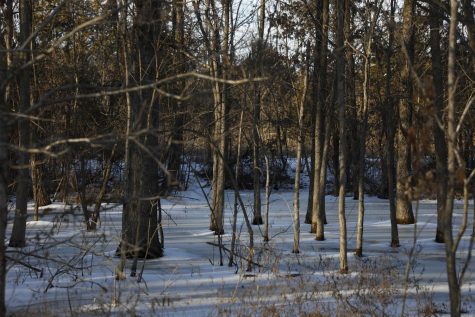
Councilwoman Ginger Rye-Sanders said people are still developing cancer till this day on the northeast side. She said there is a woman who lives near the site that has a daycare.
“These kids when they get old, they develop cancer. They’re wondering, ‘how did I get cancer,’ because things are happening inside of our city [and] no one is taking the responsibility to see what’s going on,” Sanders said.
Sanders said because no one is making an effort to test the land properly, people will continue to develop cancer.
Sanders said another resident, Daryll Webber, is working on getting a congressional hearing to get justice for the people on the northeast side of Carbondale.
“I’m hopeful that he will be successful, and hopeful that at some time we can attract someone that legally represents the people on the northeast side that have been affected by the terrible condition [of these] chemicals that have been affecting our livelihood for such a long time,” Sanders said.
Jonathan Wheeler, an industrial service engineer who worked at Ameren when Ayer and Lord owned the Koppers site, said the company knew the chemicals they used were harmful.
“When Beazer began environmental remediation of the site, I was aware of that process and the general nature of the threat posed by the contamination of soil and water by creosote and other hazardous chemicals known to have escaped containment over the years,” Wheeler said.
According to Wheeler, Beazer Inc. knew the chemicals they used at the site were hazardous to soil, water and possibly to the people.
Wheeler said the Koppers site is not the only example of environmental racism.
“I’ve long had an interest in environmental science and, more recently, the undeniable existence of environmental racism, and what needs to be done to mitigate the results of a long history of locating environmentally hazardous facilities in and around marginalized low-income, often Black, neighborhoods.” Wheeler said. “We here in southern Illinois have a case study for this phenomenon in our own backyard,”
Melissa McCutchen, another Carbodnale resident, said the northeast side needs to be compensated for the lack of action taken to help them.
“I doubt that it will ever happen because most of the employees are deceased, so the point will be argued that there aren’t any living victims,” McCuthchens said. “Similar to many instances in the country where people were denied reparations.”
The city should feel responsible for not taking any action to help rectify the issues that occurred in the past that are still causing problems today, McCutchen said.
“Some would say if you are not a part of the solution you may be a part of the problem,” Melissa said. “No one in leadership has the ability to reverse past evils, but they do have the power to acknowledge that it existed.”
McCutchen said if the city does decide to help, they have to be completely transparent, and willing to do everything in their power to help the community they have neglected for so long.
“Unfortunately, I think money becomes more of a priority than people, and, so, I believe that that sums up where we are today. If there’s a choice between money and people, I think money usually wins or is the priority,” Sanders said.
Staff reporter Janiyah Gaston can be reached at [email protected] or on Twitter @DEJaniyah. To stay up to date with all your Southern Illinois news follow the Daily Egyptian on Facebook and Twitter.
Advertisement



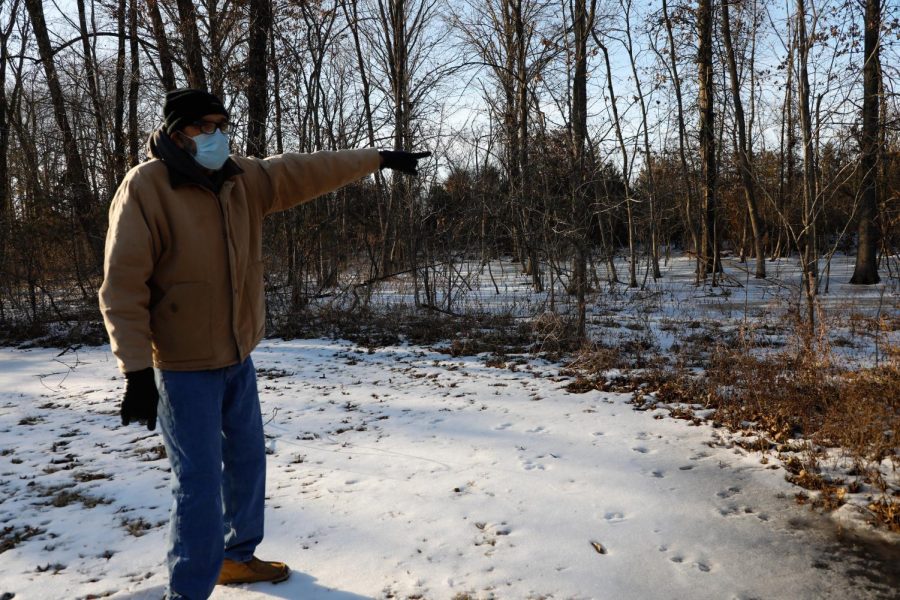






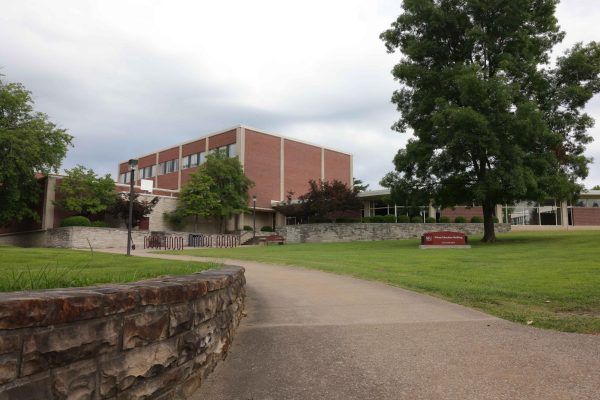

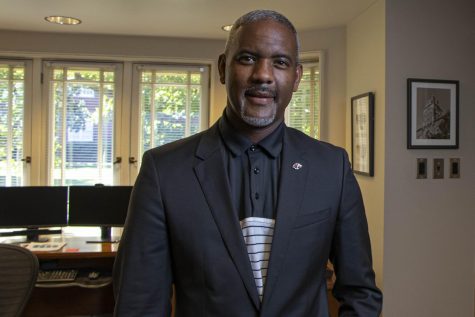

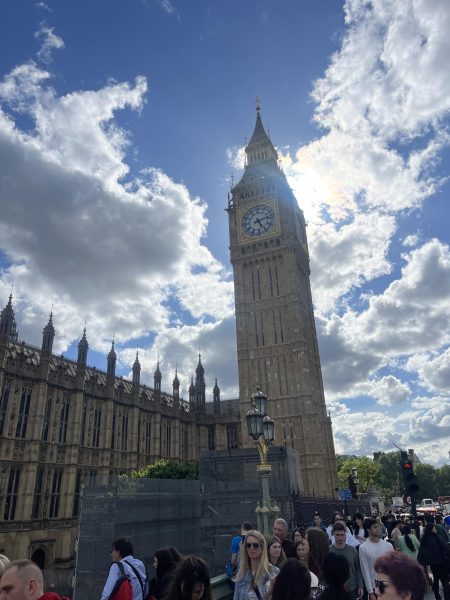
Richard Bieser • Feb 13, 2022 at 11:53 am
Those concerned should really contact the best toxic environmental advocate I have ever known and is still very active in pollution laws.
Erin Brockovich